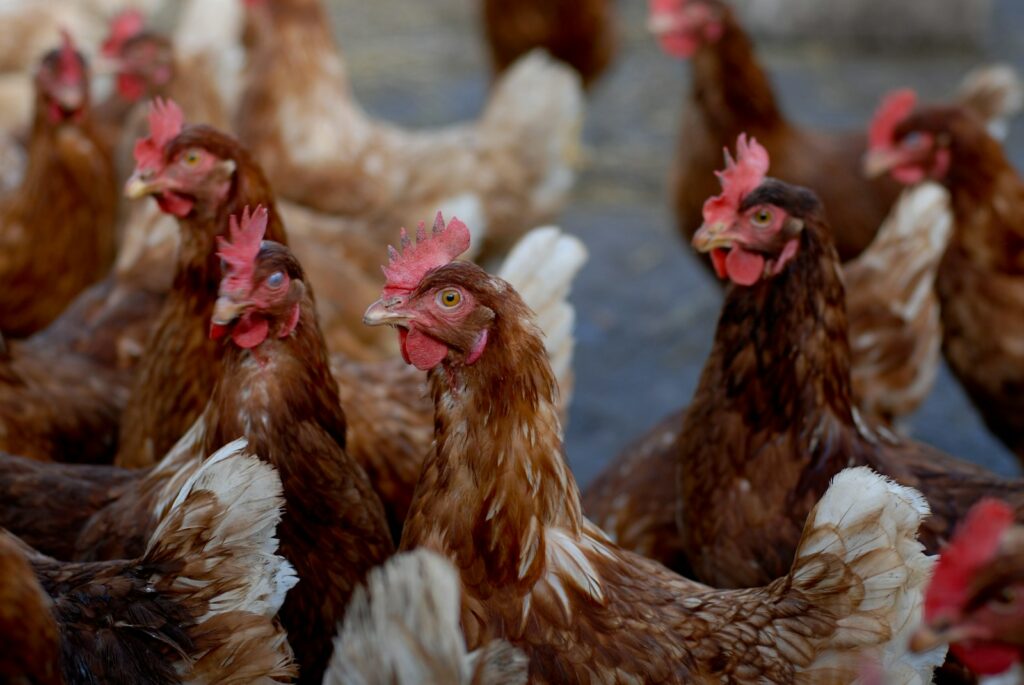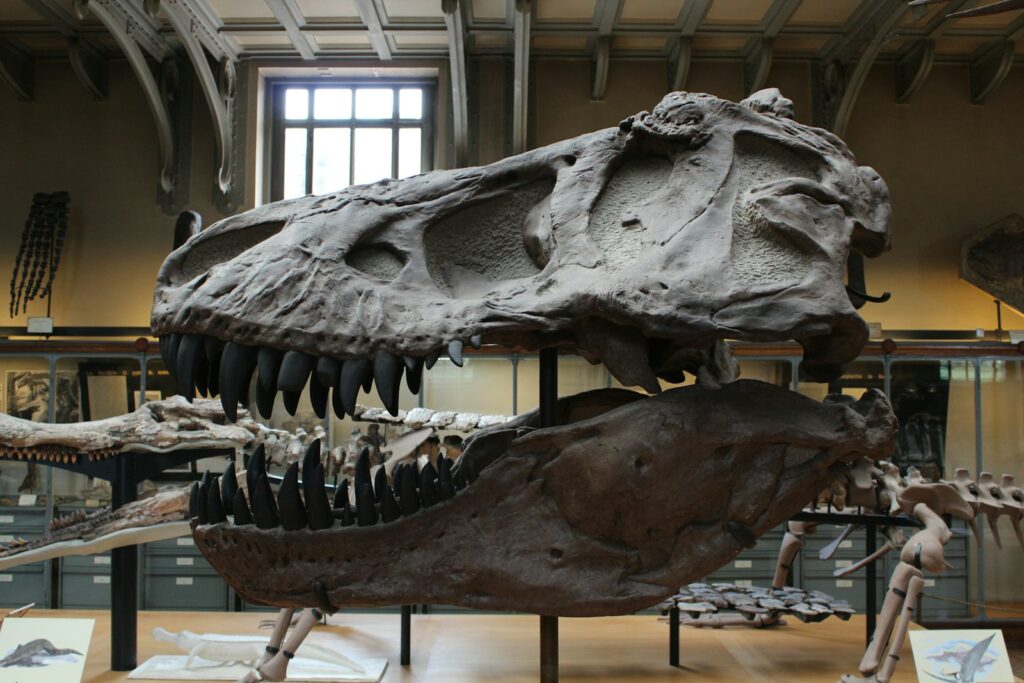In the interconnected world of today, the outbreak of animal diseases such as avian influenza poses significant challenges to global health, agriculture, and economies. The rapid detection and management of such diseases are critical to preventing widespread outbreaks that can lead to substantial economic losses and, more importantly, the potential for zoonotic transmission to humans. This article delves into the importance of diagnostics in combating animal diseases, with a particular focus on outbreaks like avian influenza, and examines the impact of these diseases.
The Role of Diagnostics in Animal Disease Management
Diagnostics play a pivotal role in the management and control of animal diseases. Early and accurate detection of pathogens is crucial for implementing timely interventions, which can significantly mitigate the spread of disease. Diagnostic tools range from traditional methods, such as serological assays and culture-based techniques, to more advanced molecular diagnostics, including polymerase chain reaction (PCR) and next-generation sequencing (NGS). These technologies enable the identification of pathogens at a genetic level, providing insights into their virulence, resistance mechanisms, and evolutionary trends.
Avian Influenza: A Case Study in Diagnostic Challenges and Solutions
Avian influenza, commonly known as bird flu, serves as a prime example of the challenges and necessities of diagnostics in managing animal disease outbreaks. Characterized by its rapid spread and high mortality rates among poultry, avian influenza can also cross species barriers, posing a risk to human health. The H5N1 strain, in particular, has garnered attention for its potential to cause severe respiratory disease in humans.
Rapid Detection and Surveillance
The rapid detection of avian influenza is facilitated by molecular diagnostics, with RT-PCR being the gold standard for early and accurate diagnosis. These tests can detect the virus in a matter of hours, allowing for swift responses to contain outbreaks. Additionally, surveillance programs play a crucial role in monitoring the virus’s presence in wild and domestic bird populations, informing biosecurity measures and vaccination campaigns.
Serological Testing
Serological testing, while not as rapid as molecular techniques, contributes valuable information regarding the exposure history of populations to different strains of the virus. These tests can identify antibodies against avian influenza, indicating previous infections and providing data on the spread and impact of the disease.
The Impact of Avian Influenza and Similar Outbreaks
The repercussions of avian influenza outbreaks extend far beyond the immediate health of affected avian populations. They pose significant economic challenges to the poultry industry, affecting trade, food security, and livelihoods, especially in countries where poultry farming is a major agricultural sector. The culling of infected and exposed birds, while necessary to control the spread of the virus, leads to substantial economic losses.
Furthermore, the zoonotic potential of avian influenza strains like H5N1 raises concerns about the possibility of a human pandemic. Historical instances, such as the 1918 Spanish Flu, underscore the devastating impact of influenza pandemics. Therefore, the control of avian influenza and similar animal diseases through diagnostics and surveillance is not only a matter of animal health but also of protecting public health.
Advances in Diagnostic Technologies: Toward Faster and More Accurate Detection
The continuous evolution of diagnostic technologies offers hope for more effective management of animal disease outbreaks. Point-of-care tests and portable devices are being developed to bring diagnostics closer to the field, enabling rapid on-site testing. Innovations in biosensing and nanotechnology promise enhanced sensitivity and specificity in detecting pathogens. Furthermore, the integration of artificial intelligence and machine learning with diagnostic data has the potential to revolutionize disease surveillance, predicting outbreaks and informing targeted responses.
Global Cooperation and Capacity Building
The fight against animal diseases like avian influenza requires global cooperation. Pathogens do not respect borders, and international collaboration is essential in sharing information, resources, and technologies. Capacity building in diagnostics and surveillance, especially in low-resource settings, is critical to ensuring a swift global response to outbreaks. International organizations, such as the World Organisation for Animal Health (OIE) and the Food and Agriculture Organization (FAO), play pivotal roles in coordinating these efforts, promoting standards for diagnostics, and facilitating knowledge exchange.
Conclusion: Diagnostics as a Cornerstone of Disease Control
The battle against animal diseases such as avian influenza underscores the indispensable role of diagnostics in disease control and prevention. As we have seen, the rapid and accurate detection of pathogens is crucial for effective intervention, mitigating the spread of disease, and safeguarding both animal and human health. The advancements in diagnostic technologies and global efforts in surveillance and capacity building enhance our preparedness for future outbreaks. Ultimately, the integration of diagnostics into comprehensive disease management strategies is essential for addressing the complex challenges posed by animal diseases, protecting our agricultural economies, and ensuring global health security.




